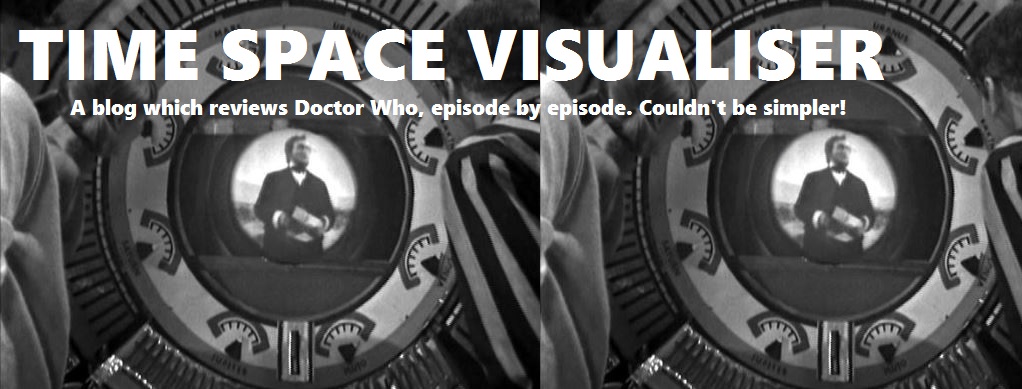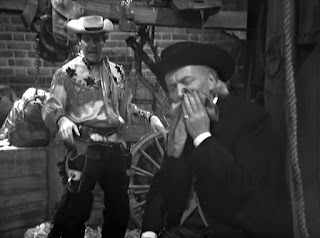The one where Steven becomes the new leader of an alien civilisation...
You don't get strong female characters very often in classic Doctor Who. You often get a tokenistic number of female characters, and more so in the Hartnell era than most of his successors' when you break down the statistics - no Troughton, Pertwee or Colin Baker story ever has more than 30% of the credited cast as women, for instance. So it's important to note the stronger female characters when they come along, and none more so than The Savages' Nanina.
Nanina is a character who seems to have been created in reverse. Usually in Doctor Who, the writer introduces a strong female character but then allows them to weaken or fade into the background over the course of the episodes, but Ian Stuart Black does the opposite. Nanina starts off as a stereotypical "maiden in distress", being chased through the scrubland by the guards, and then subjected to the transference procedure in the opening episodes, all with as few lines to say as possible.
















